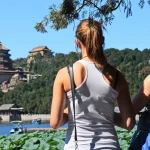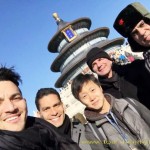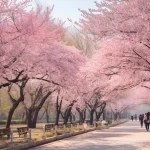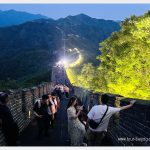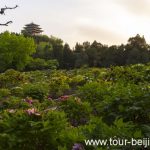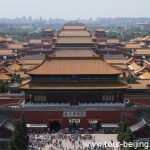How to Visit Maijishan Grottoes from Xi’an by Train
Dear Travelers We’d like to have the following travel guide to be always updated for the benefit of new visitors coming to Tianshui from Xi’an. If anybody having used the piece finds necessary updates, please leave a message or feedback. Thanks! If you are in the process of planning your Xian tour, you may consider…
